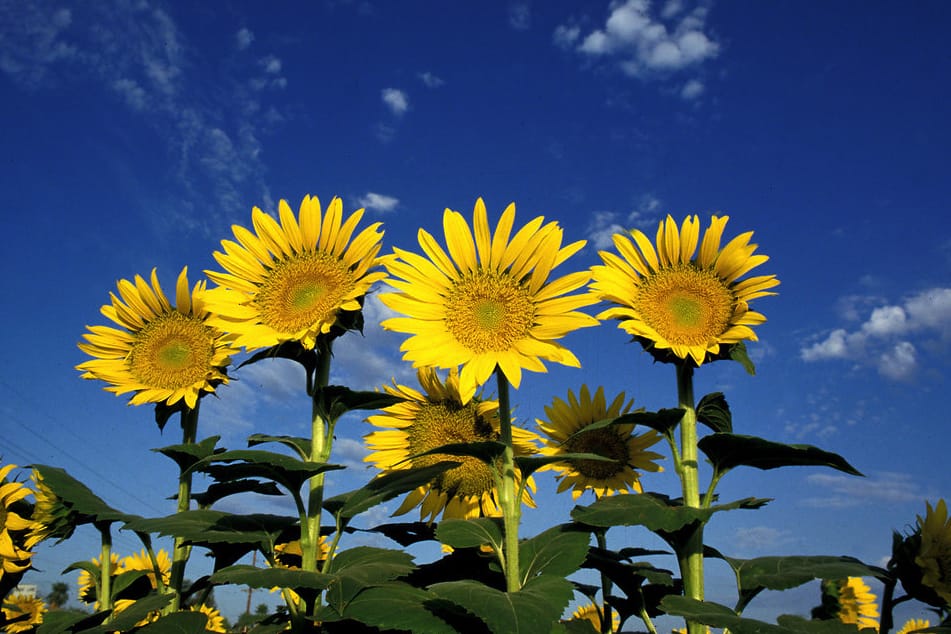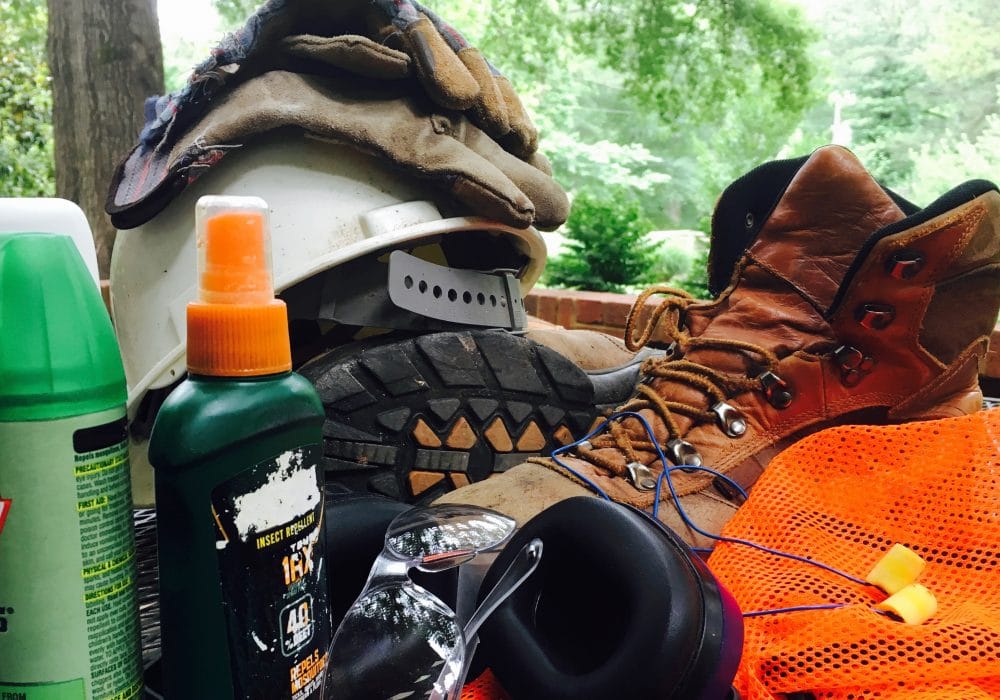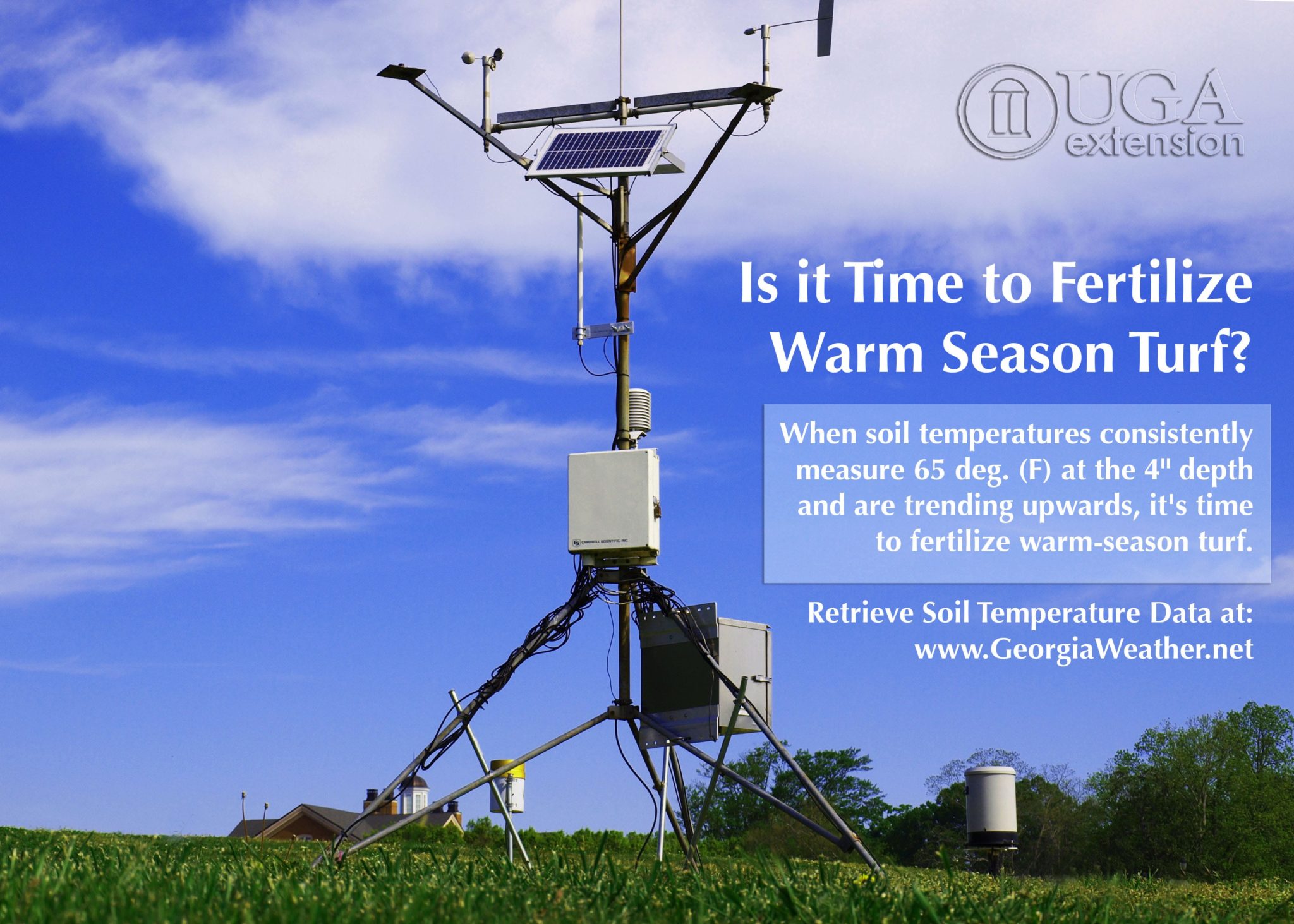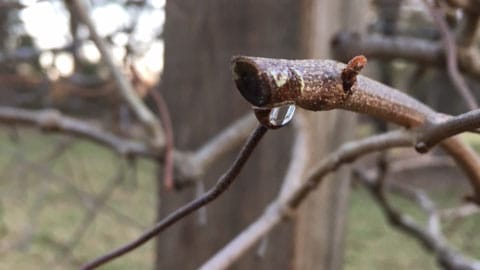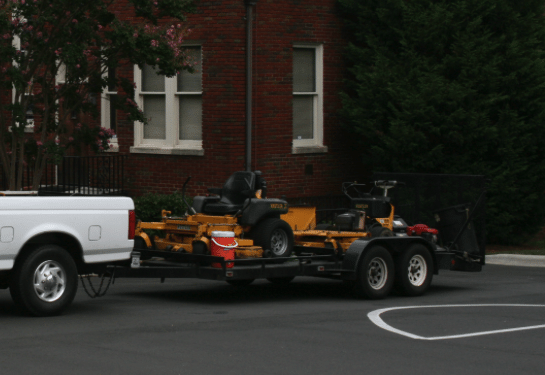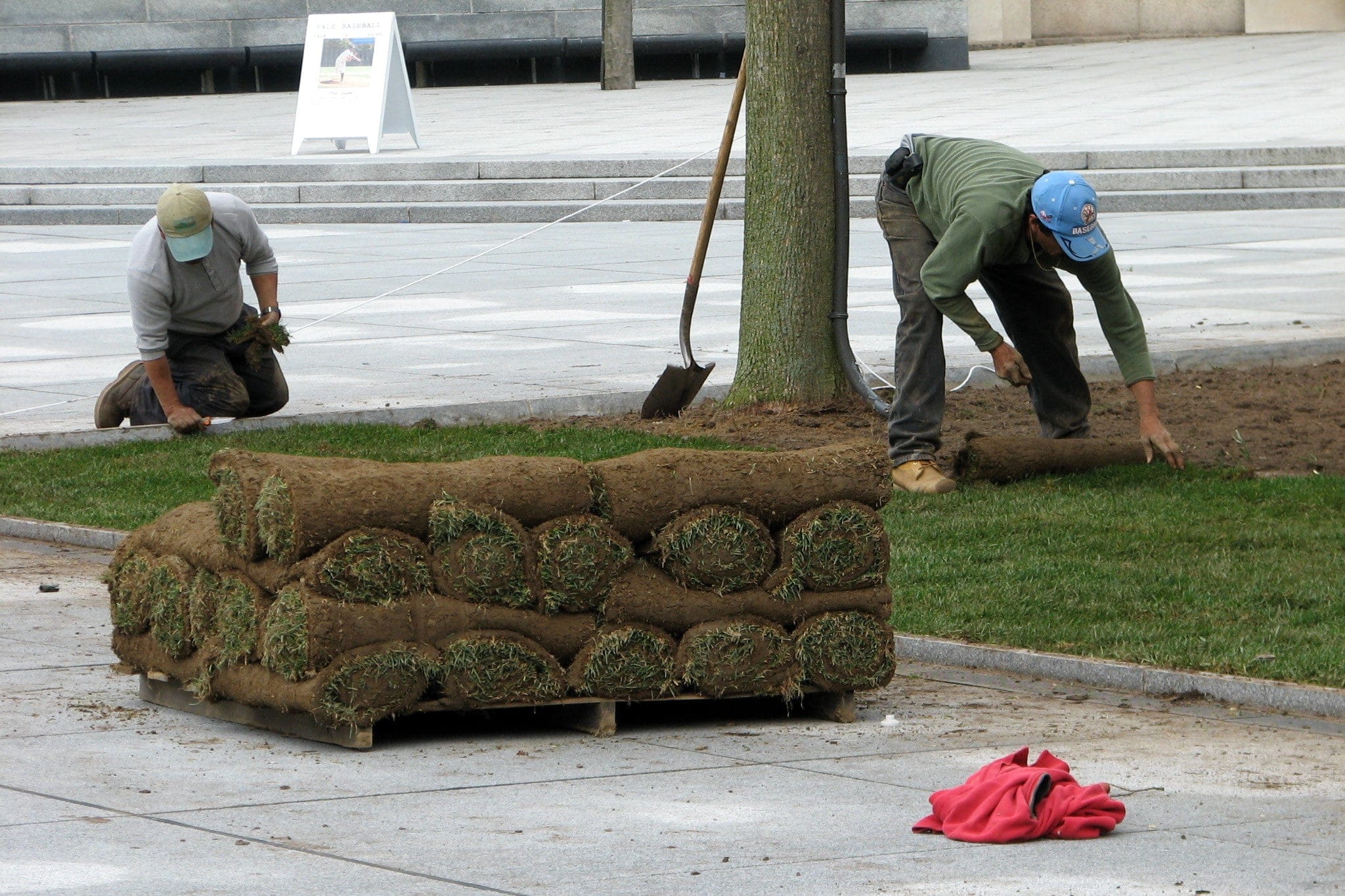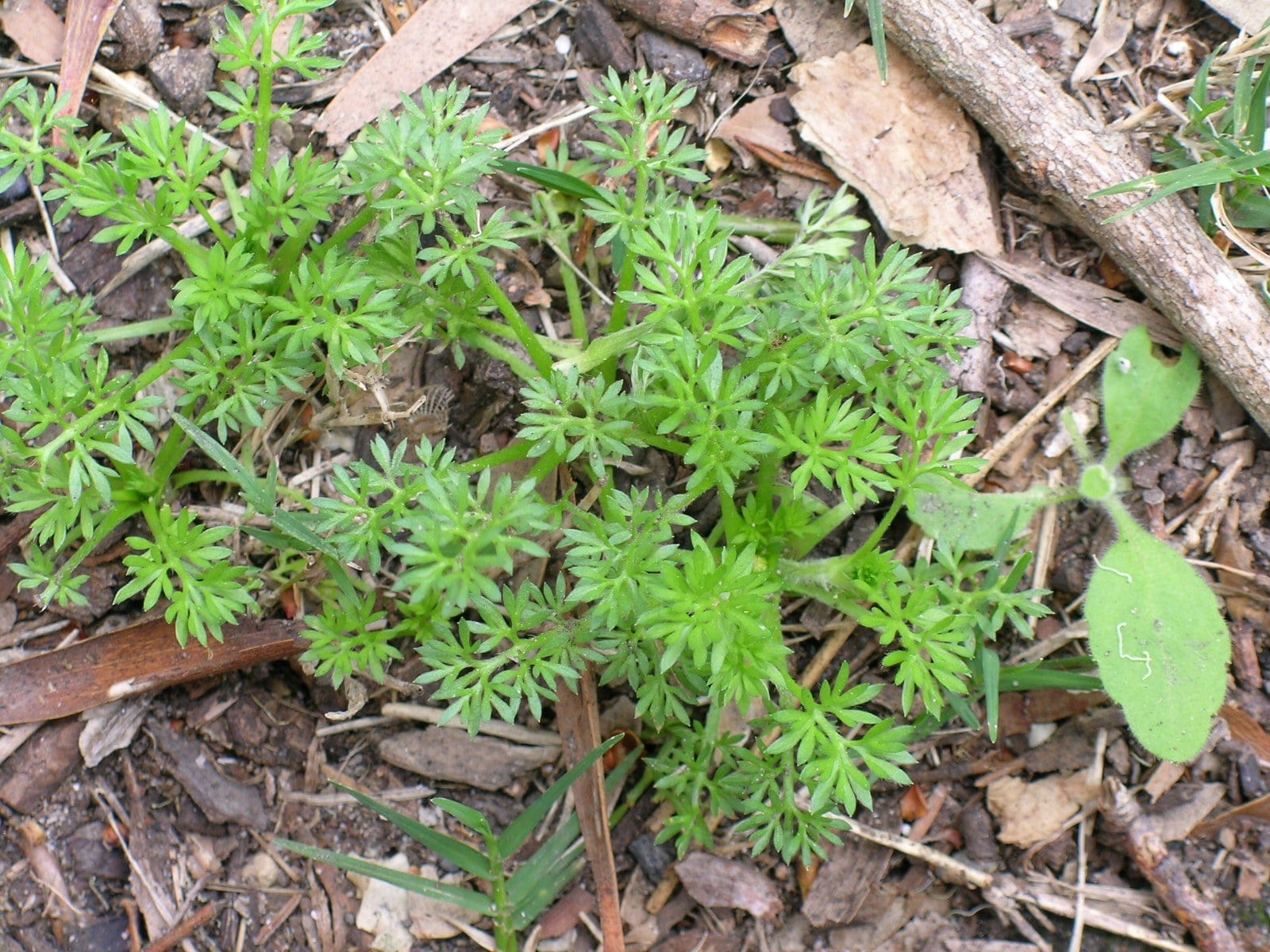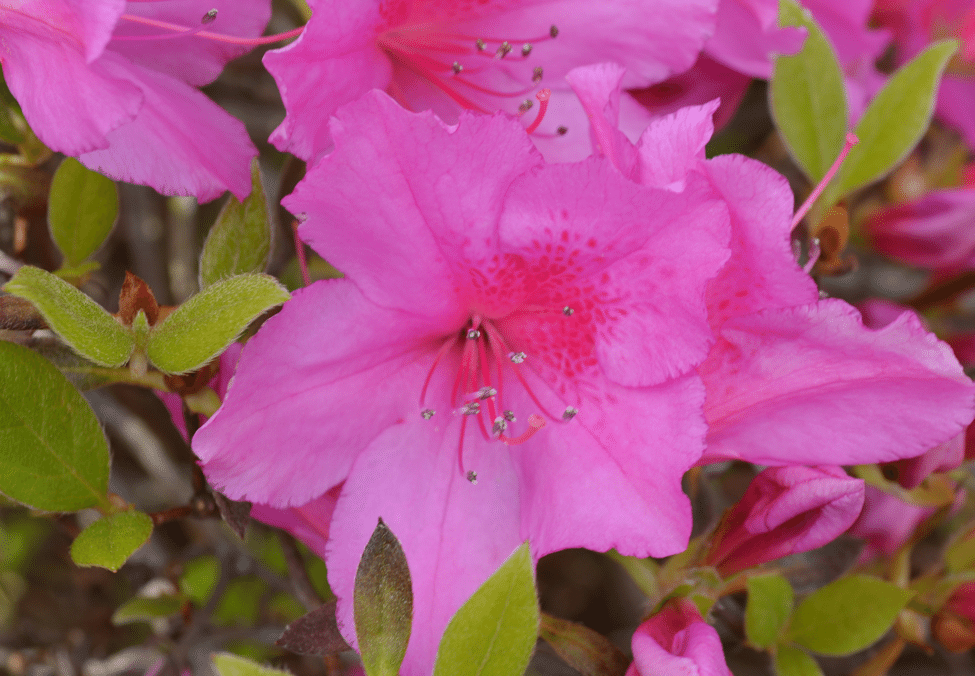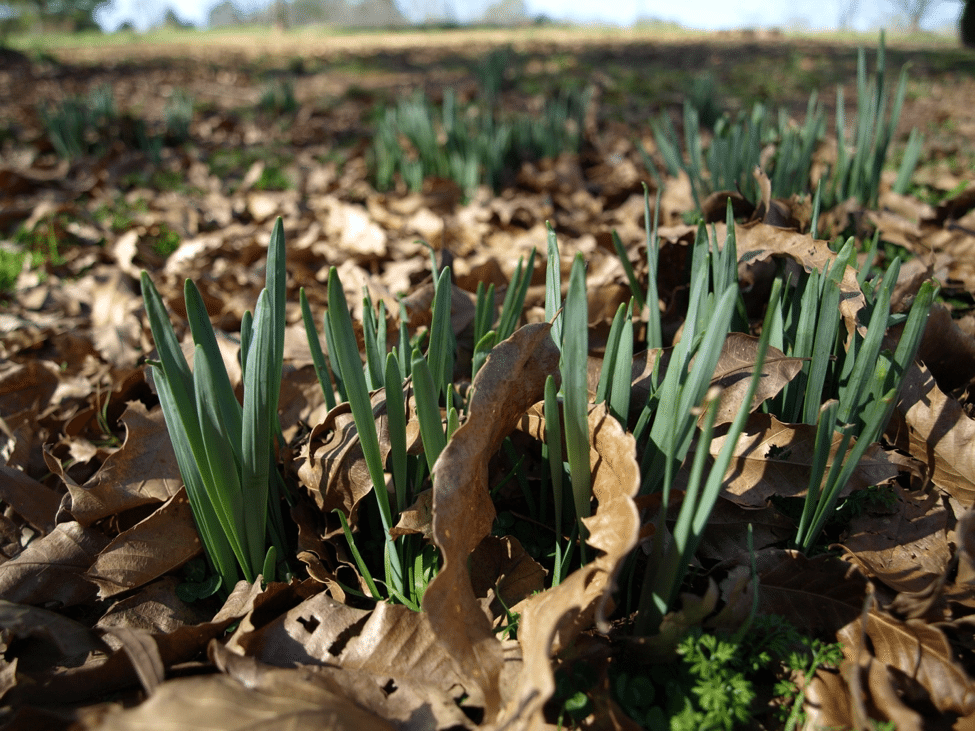Without a doubt, surviving the past decade has been a challenging stretch of road for the Green Industry. In retrospect, the burst of the housing bubble, the drought, $4 per gallon gasoline, and the recession were just a few of the the factors that shut down over half of Georgia’s ornamental growers and scattered the labor force in all directions looking for work. However, with great challenges comes great opportunity and the winds appear to be changing. The demand for ornamentals and turf is rising, and the green industry is ramping up this spring. The professional organizations have regrouped and are poised and ready to launch the industry into a new era with some exceptional events in partnership with the University of Georgia.
Landscape Alerts
Zika Virus and Outdoor Workers: Include Insect Repellent on your list of PPE (Personal Protective Equipment)
Inherently, agricultural and outdoor workers experience a greater risk of mosquito bites that can vector illnesses such as chikungunya, dengue, Japanese encephalitis, West Nile, and Zika virus disease. The CDC and EPA recommend using EPA-registered insect repellents containing DEET, picaridin, IR3535, oil of lemon eucalyptus, or para-menthane-diol to protect workers against these infections. Fact sheets and posters have been released by the Centers for Disease Control & Prevention, Occupational Safety and Health Administration (OSHA) and the National Institute for Occupational Safety and Health (NIOSH) outlining the Zika virus to promote education and communication regarding practices to reduce worker exposure.
Spring Green Up: Timing Nitrogen Applications by Temperature
“When soil temperatures consistently measure 65 degrees (F) at the 4″ depth and are trending upwards, it’s time to fertilize warm-season turf,” says Dr. Clint Waltz, UGA Turfgrass Extension Specialist. Resisting the temptation to fertilize warm-season turf too early in the season not only conserves valuable time and resources, but encourages a healthy competitive lawn. Spring season air temperatures often fluctuate from lows in the mid 40’s to highs in the mid 70’s, resulting in wide swings in soil temperature. The best time to fertilize warm-season turfgrasses such as bermudagrass, zoysiagrass, St. Augustinegrass, and centipedegrass is during the active growth season spanning May through August when air temperatures reach highs in the mid 80’s to 90’s and soil temperatures remain well above 65 degrees.
Spring Bleeding: Maple, Birch, Elm, Grapevines
Following a late winter or early spring pruning of Maple, Birch, Elm, or Grapevines it is common to observe “bleeding” from the pruning wounds. This phenomenon usually occurs just before and during leaf emergence in the spring, especially during years of abundant soil moisture. The temporary bleeding is generally not detrimental to the health of the plant and primarily consists of a watery sap solution. The bleeding usually ceases once the leaves have fully emerged and water begins to evaporate through the leaf stomata, creating transpirational pull that overshadows the root pressure.
The upward flow of water is caused by osmotic pressure in the root system that begins with the imbalance of water molecules between the soil and the root system. A high concentration of minerals and carbohydrates in the root system generally translates to a lower concentration of water molecules when compared to the surrounding soil. Water molecules enter the root cells to equalize distribution, causing root cells to become turgid and force water upwards in the vascular system. (Incidentally, the reverse is true when too much fertilizer is applied and a higher concentration of minerals in the soil prevents the osmotic absorption of water into the root system.)
Occasionally, bleeding can be a nuisance where these plants drip on parked cars and pedestrian spaces. In such cases, delay pruning of these species until late spring-early summer to help to reduce the issue.
If prolonged bleeding occurs and you observe any unusual signs or symptoms of pests or disease, report the information to your local extension agent for further assessment.
Landscape Alert: Companies Report an Uptick in Equipment Theft
The Urban Ag Council, a professional organization representing the Georgia landscape industry, reports that members are experiencing an uptick in equipment theft at worksites, offices, and storage facilities. To address the issue, the UAC is summoning a “call to action” from all landscape companies and compiling data from those who have experienced recent or past theft (2014-2016). Armed with this data, the UAC hopes to meet with law enforcement agencies, equipment manufacturers and suppliers to determine a course of action to reduce these losses.
The organization is collecting information via a confidential “equipment theft worksheet” available from the Urban Ag Council. To access the worksheet, visit https://urbanagcouncil.com/call-to-action-equipment-theft-crisis-help-needed/
Here are some general equipment theft prevention strategies to consider:
1. Train employees on company procedures to deter equipment theft. In addition, discuss what to do in the event of a theft or robbery.
2. Take Inventory: Establish a routine of equipment inventory. Keep documentation and photo records of serial numbers, makes, and models of equipment.
3. Parking strategy: Be strategic about where you park your vehicle on each jobsite or lunch destination. Park in well lighted locations visible to the work crew and avoid leaving equipment unattended in back lots or hidden areas that are conducive to theft. Position trailers so they aren’t easily accessed or swapped to another vehicle.
4. Deterrents: Lock vehicles, trailers, trailer tongues, and secure equipment when unattended. Don’t leave keys in trucks or commercial mowers.
5. Tracking Devices: Install tracking devices on large equipment.
6. Be Alert: Pay attention to suspicious activity.
7. Insurance: Review your policy and ask your insurance provider about theft prevention.
The 2016 Sod Forecast has Arrived
The Georgia Urban Ag. Council has released their twenty-second annual sod producer survey outlining the inventory levels and pricing data for spring 2016. The sod forecast provides the green industry with valuable insight when estimating expenses and availability for the upcoming season. Dr. Clint Waltz, Extension Turfgrass Specialist with the University of Georgia, notes that the inventory for all warm-season species is expected to improve marginally over the previous two years and half of the larger growers predict a poor supply of bermudagrass for early 2016. Sod prices for 2016 are expected to stabilize at 4% to 15% over 2015.
Looking ahead, 57% of growers have indicated an increase in production acreage for 2016 to meet the anticipated market demand for 2017 and 2018. According to Waltz, there are still 45% to 52% fewer acres in turfgrass production relative to pre-recession levels, but it appears that the total acres in turfgrass production are rebounding. His advice: “Don’t let sticker shock curtail projects, plan ahead.”
For the full report, refer to the January/February 2016 issue of Urban Ag Council Magazine or visit www.GeorgiaTurf.com.
Hyperlink:<www.commodities.caes.uga.edu/turfgrass/georgiaturf/Publicat/Sod_Survey/2016%20Sod%20Survey%20UAC.pdf>
Winter Scouting for Burweed (Soliva pterosperma)
Winter is the time to scout for lawn burweed (Soliva pterosperma), a broadleaf weed producing seed clusters in mid to late spring that delivers a rather irritating jab to bare feet. The tiny spines on the seeds are actually quite fragile and tend to break off in your skin during the removal process, leaving an itchy reminder of their presence. My children who love to run barefoot in the backyard can testify to the annual “de-spurring” event each spring.
December through February is the best time to manage this cool season annual because plants are juvenile and haven’t developed the seed burs. In addition, warm season turf species are dormant and have a better tolerance to certain herbicides. While control is possible in spring, spurs have already formed and will persist after treatment. If the spurs are not a concern, the weeds will take care of themselves by May as the hot weather sets in and concludes the annual life cycle of this bandit. A dense canopy of dormant or actively growing turf can deter weed establishment.
For broadleaf herbicide recommendations, reference the UGA Pest Management Handbook for your specific turf. Perform scouting several weeks after the application to determine if follow-up applications are necessary.
Other resources on this topic:
Willie Chance. (2015, May 5). Lawn burweed: What is this weed with sharp spurs in lawns? [Web log comment]. Retrieved from https://ugaurbanag.com/lawn-burweed-weed-with-sharp-spurs/
Winter Bloom: Will the Azaleas Flower Again this Spring?
Dr. Bodie Pennisi, University of Georgia Horticulture Extension Specialist, reports that the azaleas will likely still bloom, only with a few less flowers. “Many of the flower buds remained dormant during the warm spell. Keep in mind however, that the flower buds on azaleas developed last summer and any pruning done prior to the spring will potentially remove those flower buds.” The same applies to Hydrangea macrophylla (Bigleaf Hydrangea) and H. quercifolia (Oakleaf Hydrangea). Microclimates also affect cold damage, for example, overhangs, tree canopies, evergreen shrubs, and built features in the landscape often provide frost protection, buffer against radiant heat loss, and provide wind breaks. Flower buds can be inspected for cold damage by opening a bud and looking for brown or black water-soaked tissues, indicating ruptured cells.
So far, January has delivered steady cool temperatures and allowed most plants to adjust to the cold with minimal damage. Typically, it is the rapid fluctuations from warm to cold that cause issues, so we shall see what unfolds over the next few weeks.
Suggested Readings:
Westerfield, R., Lindstrom, O. PhD, (2015). UGA Extension Bulletin (C 872). “Winter Protection of Ornamental Plants.”
The Window to Plant Spring-Flowering Bulbs is Closing
Daffodil (Narcissus sp.) bulbs and other spring-flowering bulb-like plants (corms, tubers, tuberous roots, and rhizomes) make excellent additions to the landscape. These plants add color and interest to the late winter/early spring garden while other plants are still dormant. They can be placed most anywhere in the garden and make great additions to beds, borders, and containers.
The ideal planting time for spring-flowering bulbs is fall to mid-winter to allow enough chilling time (below 40-50 degrees) to induce flowering. For landscape companies looking to generate some wintertime business, perhaps a bulb planting service in order. Established daffodils have already started to emerge and the window for planting is closing fast, so grab your planting tools and get to work!
Plant Narcissus bulbs 3-6” deep, root side down of course, and backfill with a clean topsoil. Fertilize during planting and just after flowering to provide plants with adequate nutrients for next year’s flowers. For more information on selecting, planting, and installing bulbs, refer to UGA Extension Bulletin (B 918), “Flowering Bulbs for Georgia Gardens.”
References:
Thomas, P.A., Wade, G.L., Pennisi, B. PhD, (October 2012). Flowering Bulbs for Georgia Gardens. Retrieved from http://extension.uga.edu/publications/files/pdf/B 918_3.PDF
The Rains and Unusual Weather of December 2015
The conclusion of 2015 marked one of the soggiest Decembers on record with many areas of the state receiving in excess of 13 inches for the month (roughly 20% of the annual rainfall.) In addition, high temperatures hovered in the mid 70’s for much of December leaving Bermuda lawns green and irises, roses, magnolias, and azaleas blooming. Perpetual rainfall kept soils waterlogged for an extended period of time and many folks ended the season wondering how the unusual weather might affect their gardens.
| Total Precipitation – December | 2015 | 2014 |
| Blairsville | 13.35” | 3.06” |
| Griffin | 13.94” | 5.41” |
| Tifton | 8.41” | 6.48” |
University of Georgia Automated Environmental Monitoring Network
| Average Daily Temperatures – December | 2015 | 2014 | ||
| Avg. Max. Temp. (°F) | Avg. Min. Temp. (°F) | Avg. Max. Temp. (°F) | Avg. Min. Temp. (°F) | |
| Blairsville | 62.01 | 41.21 | 54.68 | 33.82 |
| Griffin | 66.29 | 48.22 | 58.19 | 39.16 |
| Tifton | 70.65 | 52.47 | 63.94 | 44.59 |
University of Georgia Automated Environmental Monitoring Network
Will the azaleas bloom again this spring? Read more at www.ugaurbanag.com/Landscape Alerts.
